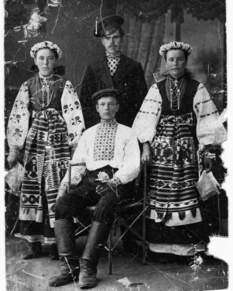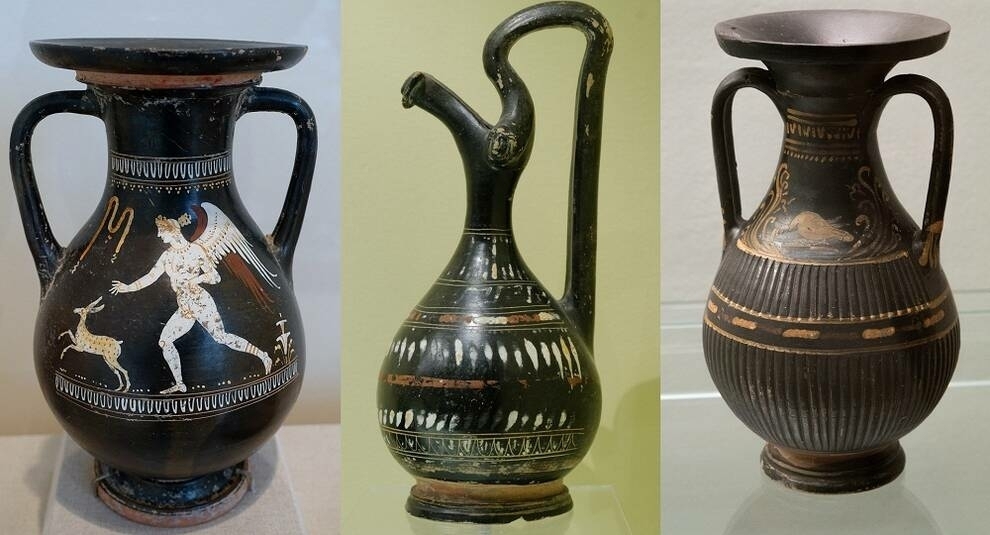
The art of ceramics: black gnafia
In the IV–III centuries.on the territory of Italy, where at that time there was Great Greece, craftsmen made ceramic objects called gnafii (ΓναθΙα). The products are named after the town of Gnafia, also known as Egnatia and located on the Adriatic coast. The first artifacts of this type were found in the XIX century, and soon scientists found out that gnafia were common in many eastern regions of the Hellenistic world. They occupy a place between red-figure and polychrome vase painting.
The main color of the objects is black, the surface is decorated with drawings made by angob. The forms are also varied: these are amphorae, scythians, kiafs, amphorisks, and other utensils. The lower part, as a rule, contains an ornament, the upper part is decorated with drawings with a plot. The compositions are dedicated to theatrical scenes, everyday life, and Dionysian subjects. The earliest gnafia were covered with multicolored images, but over time, white became predominant. The number of subjects also significantly decreased, there were plant patterns, among them individual elements (theatrical masks, birds, animals).
Gnafian pottery is found among the finds in the Mediterranean and the Black Sea basin areas. The pottery of some regions has been strongly influenced by the spread of gnafia. One of the vase painters moved to Etruria, where, thanks to his work, a subspecies of gnafia called "pocolum"was born. Buy antique ceramics and porcelain on Violity in the category "Ceramics, porcelain, glass".
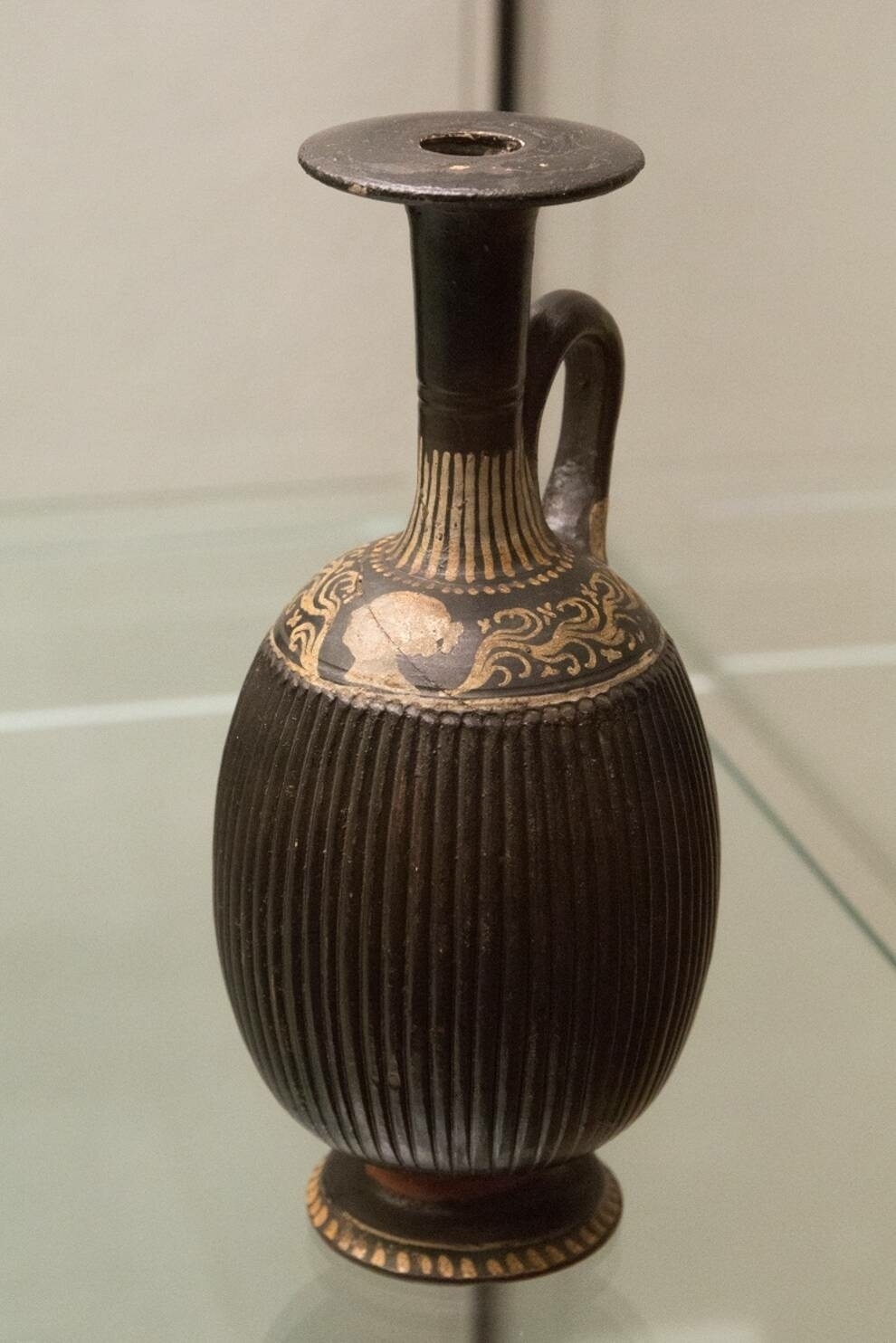
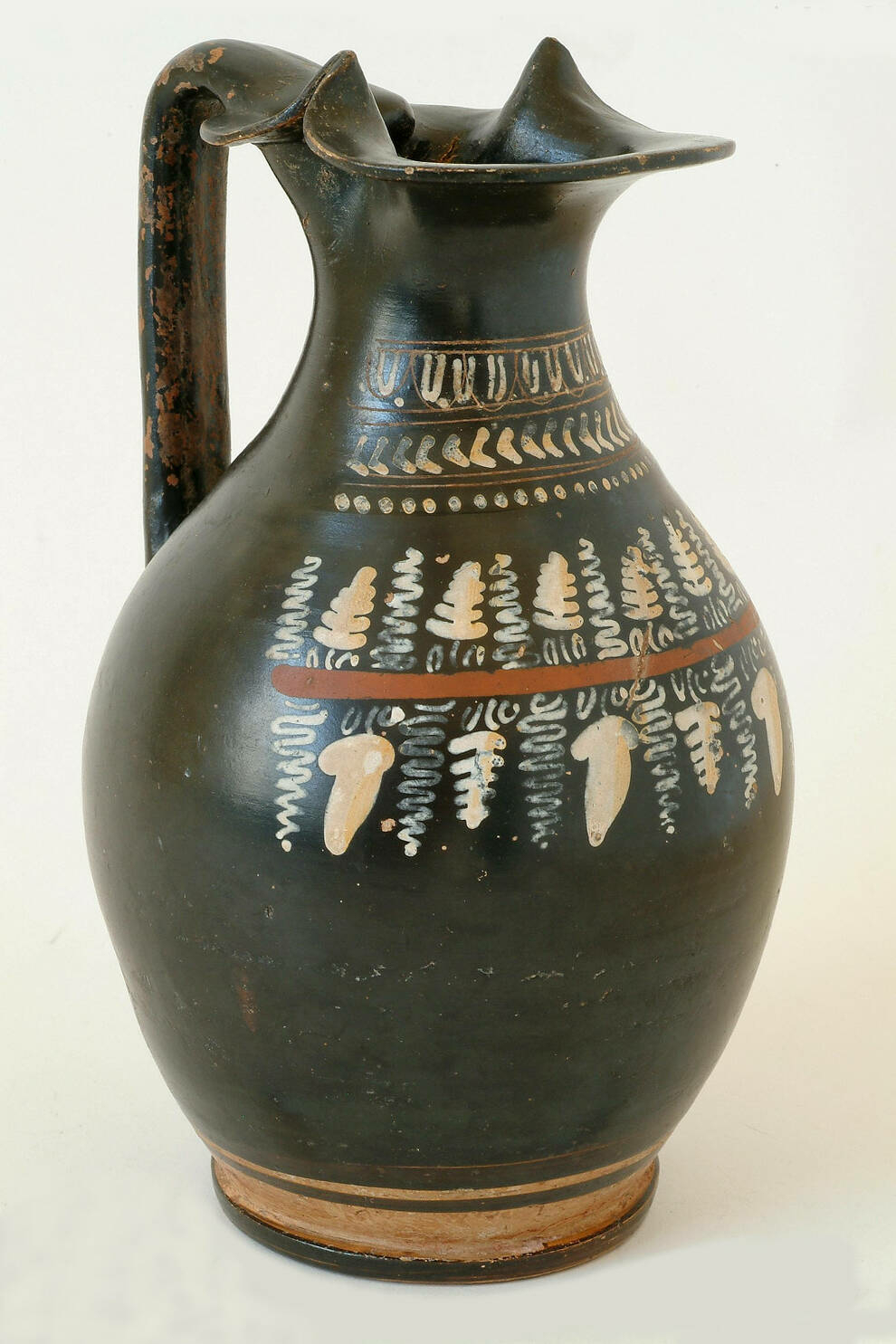
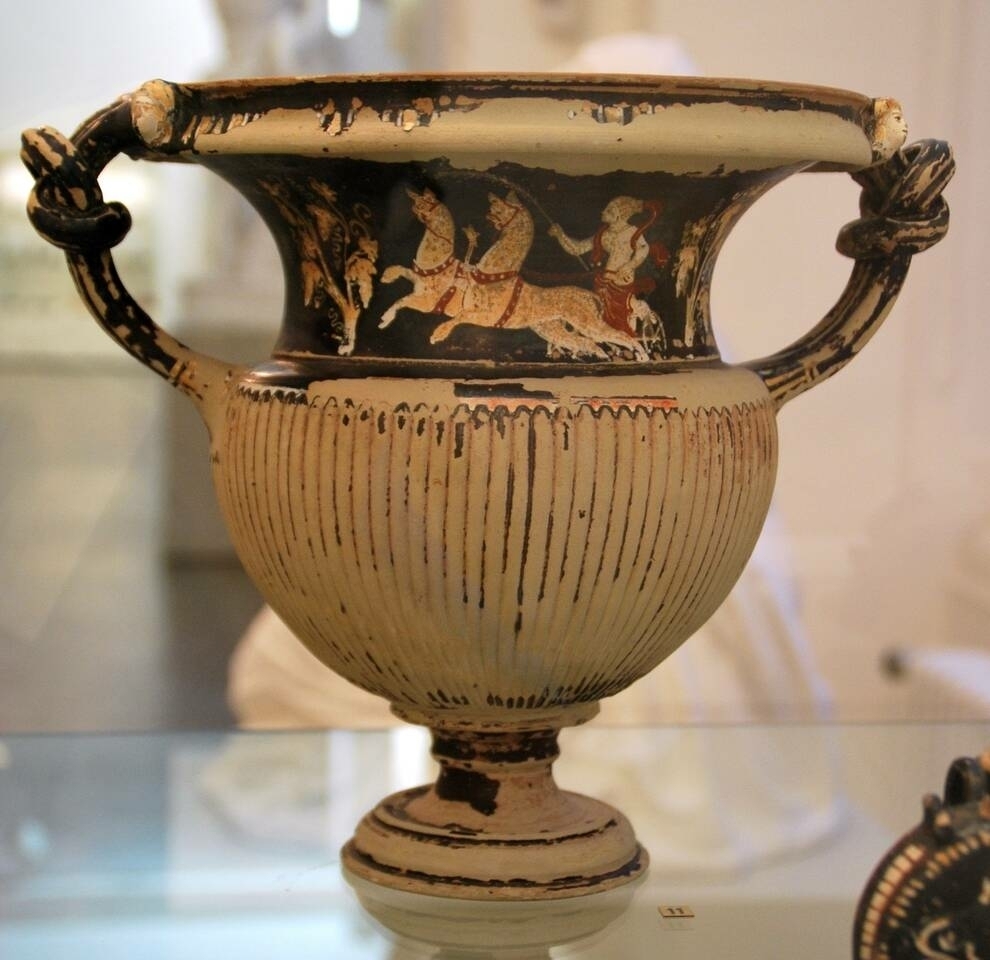
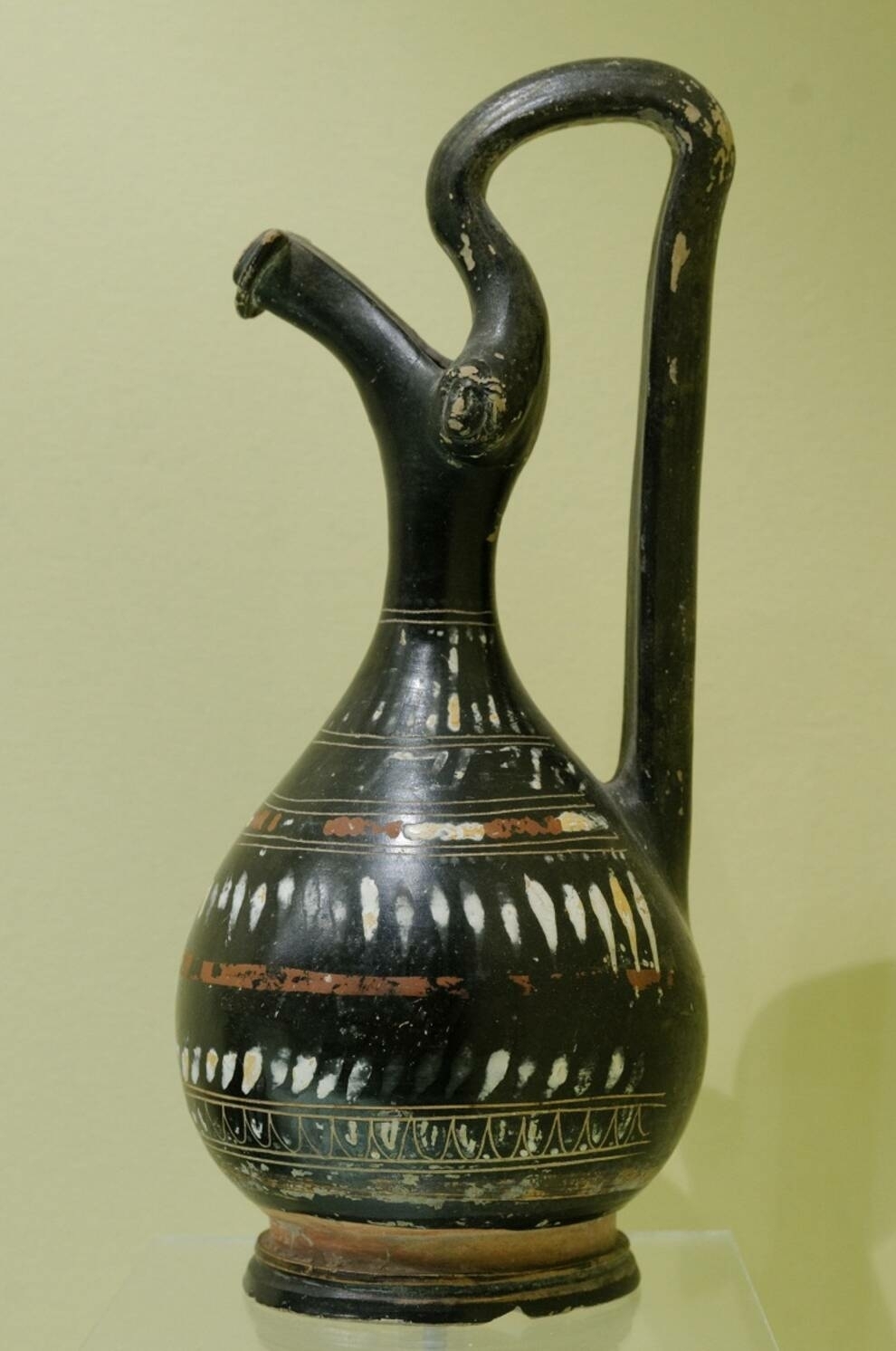
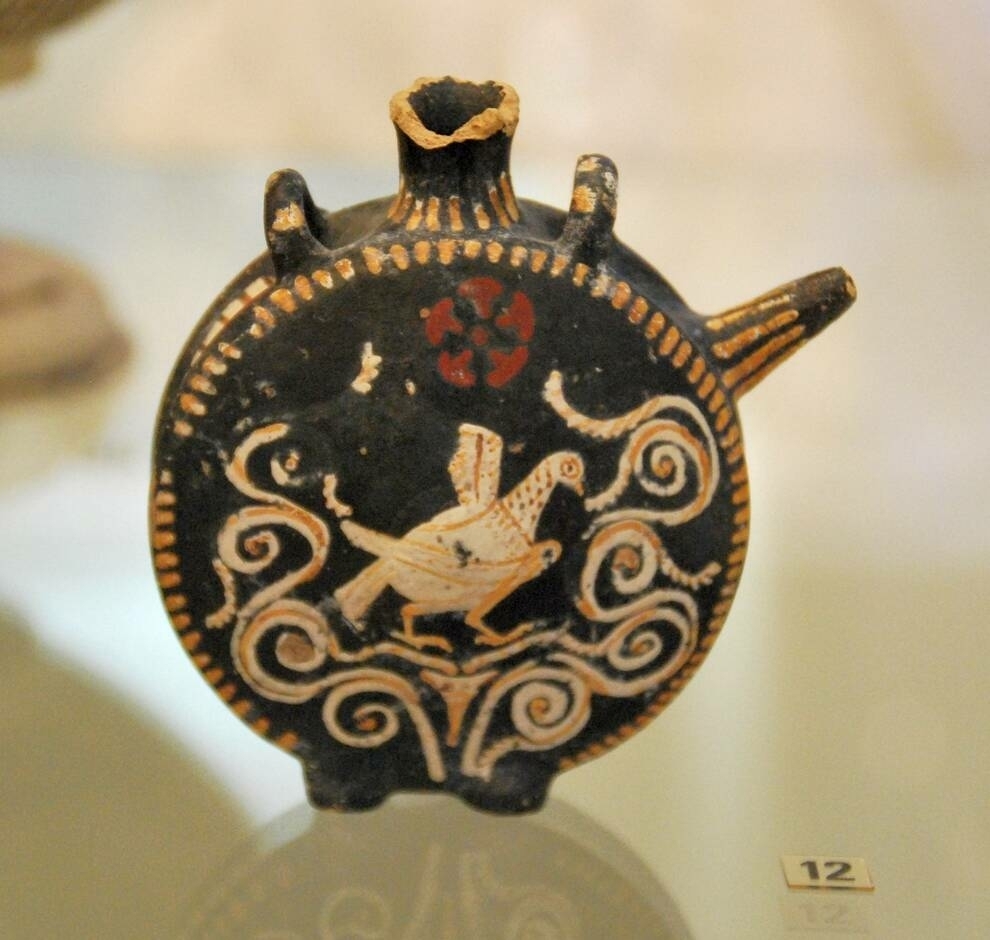
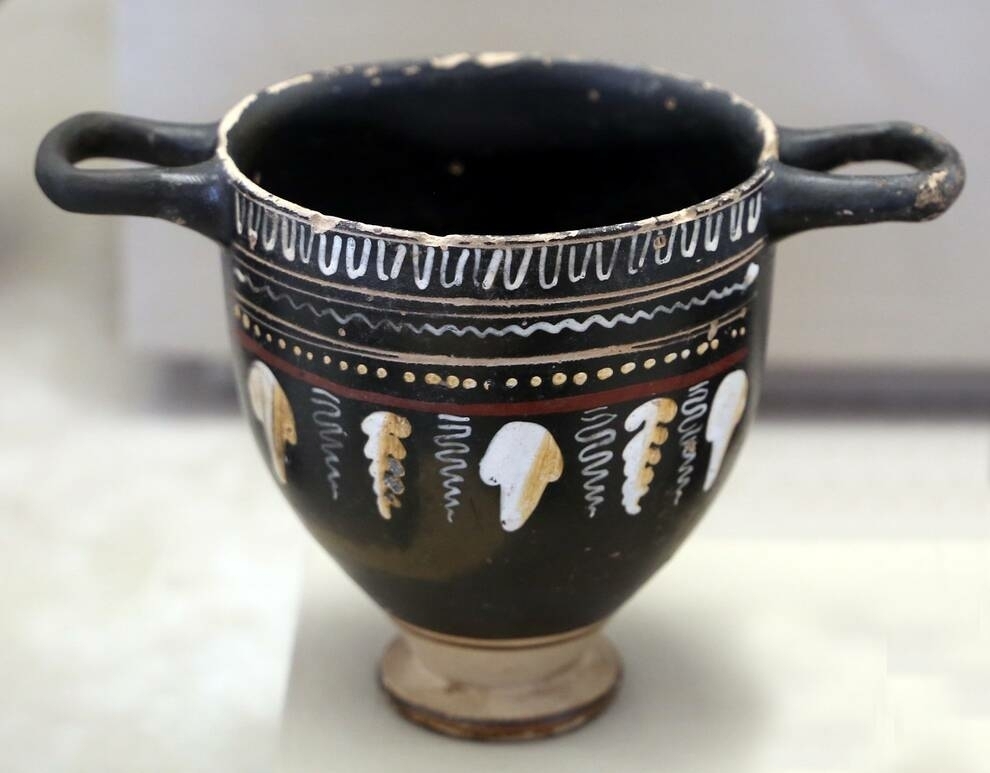
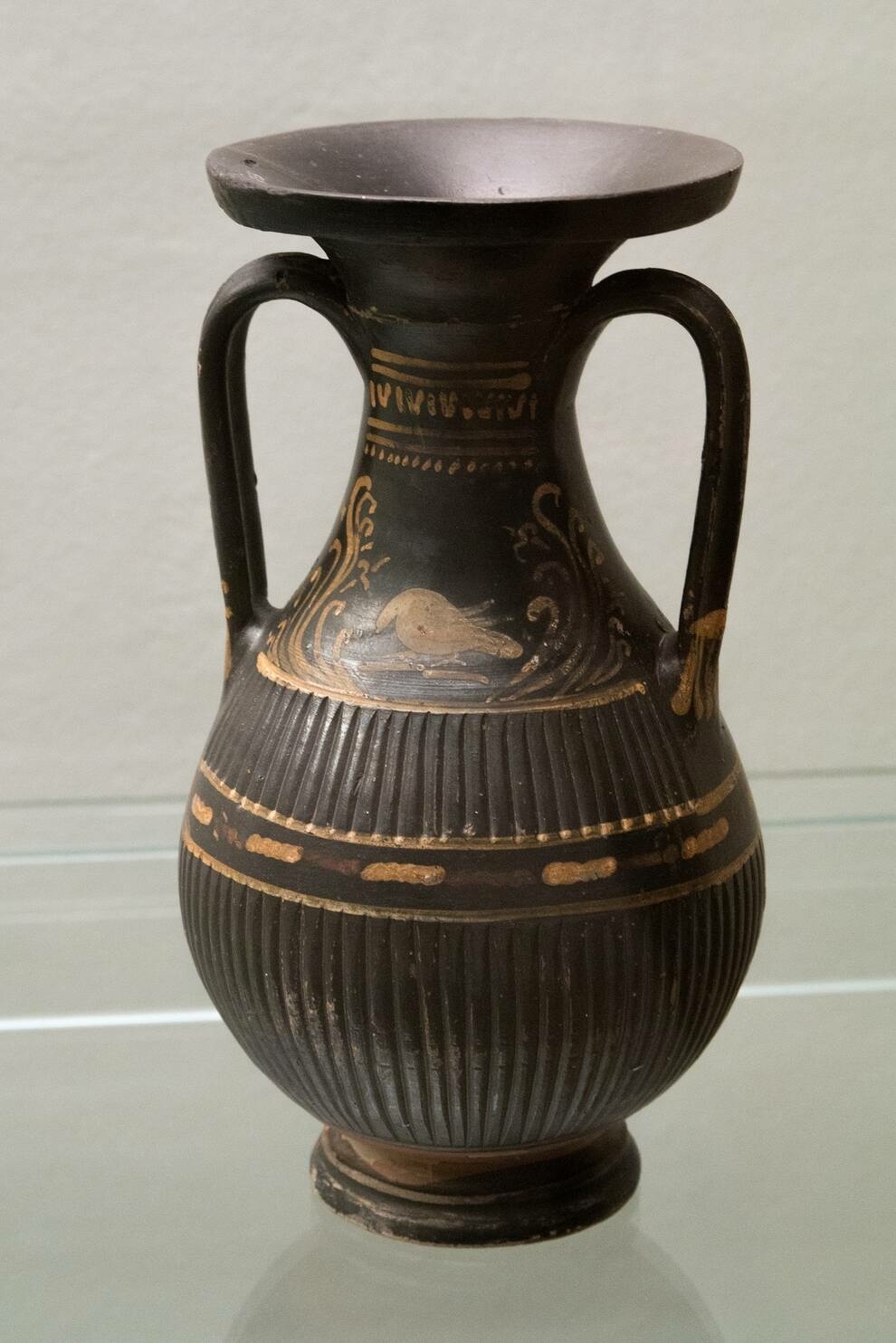
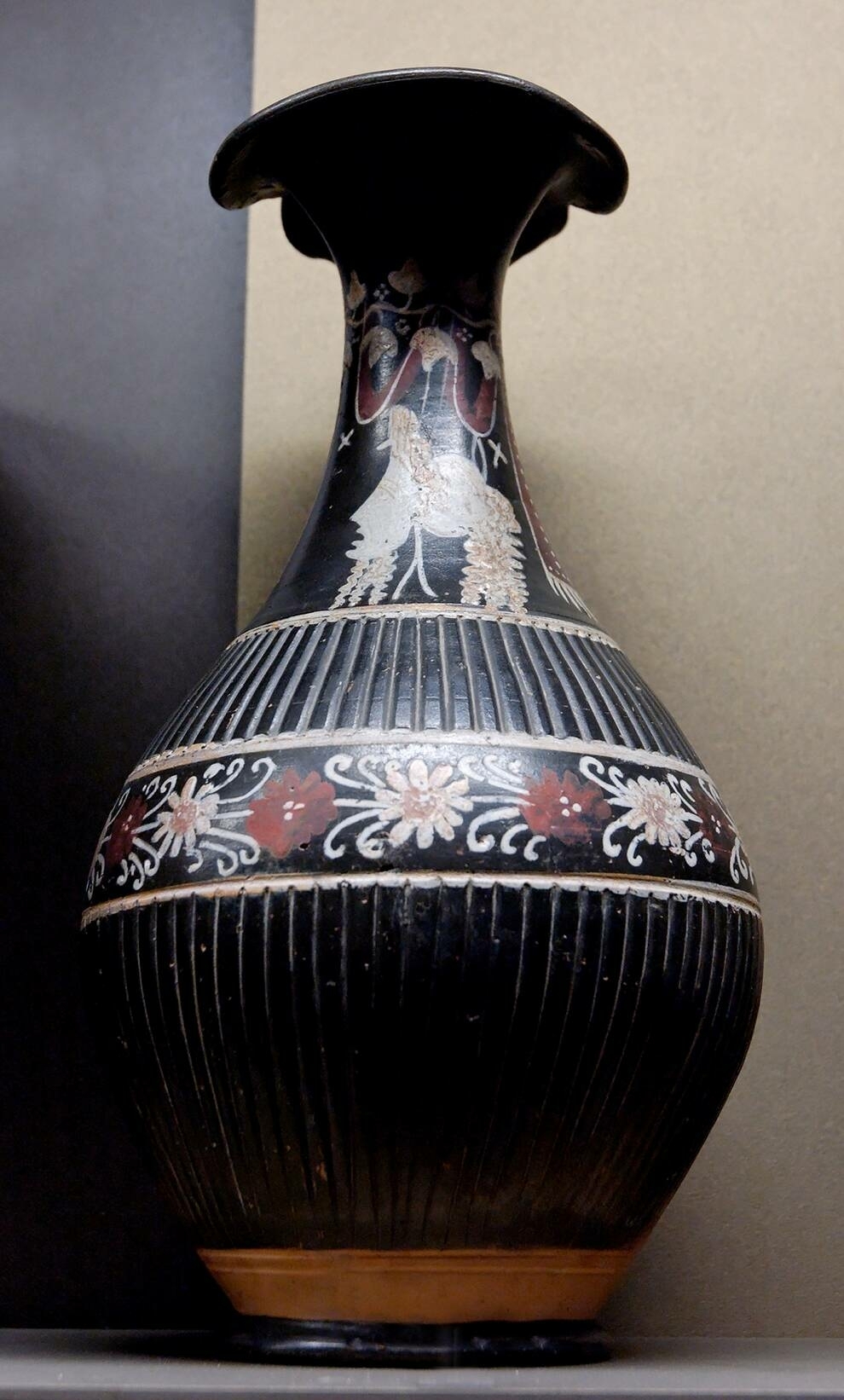
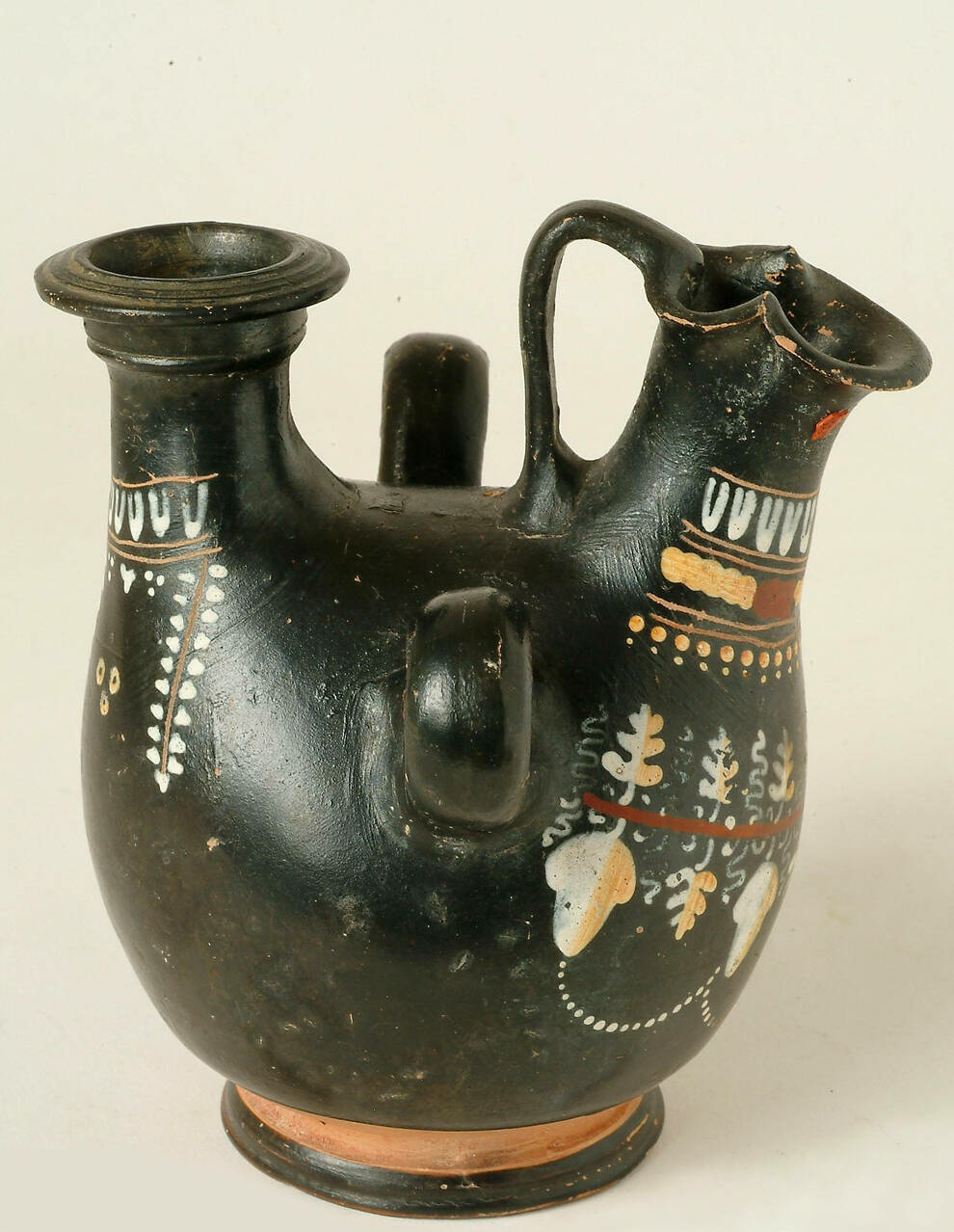
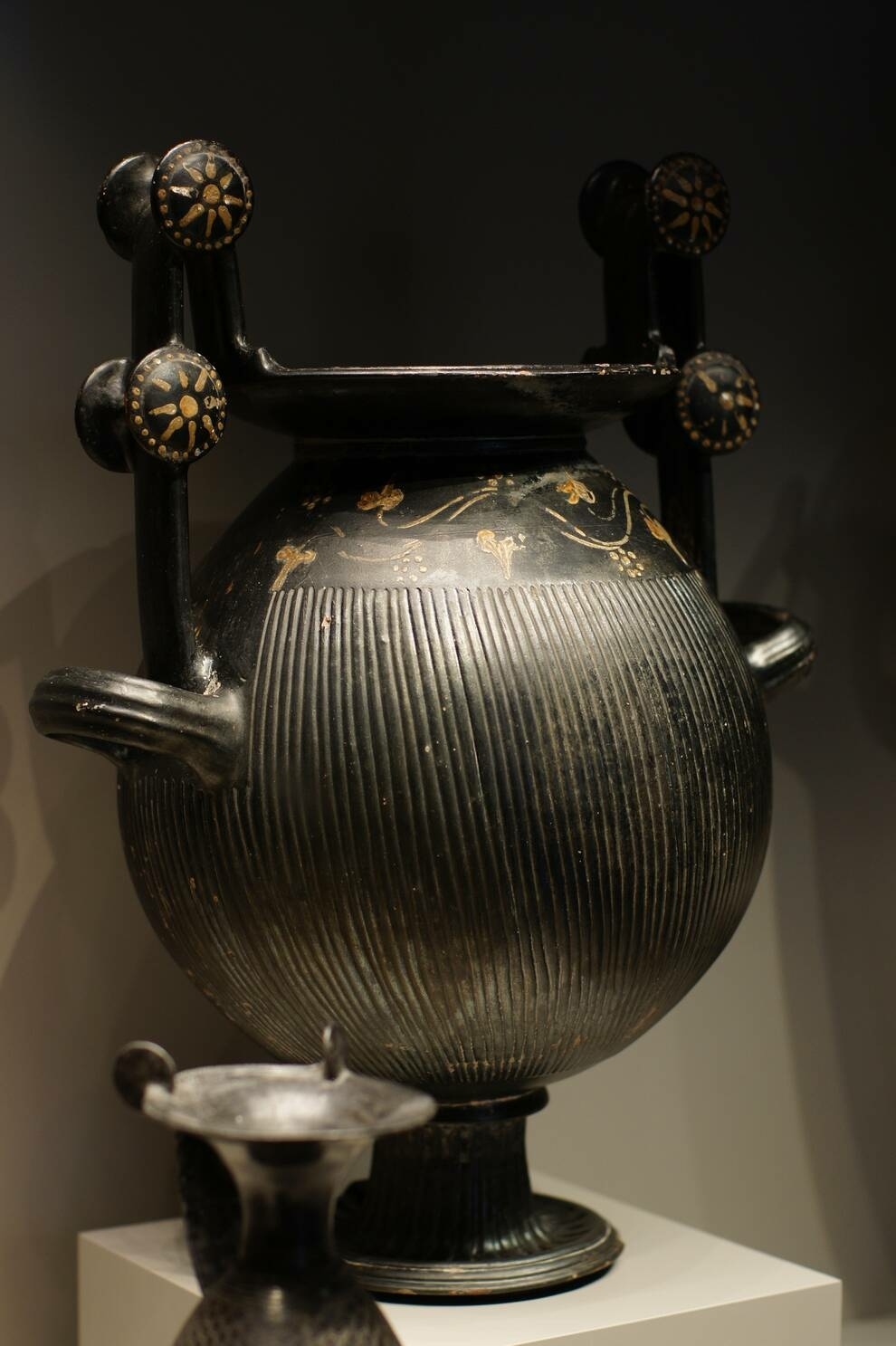
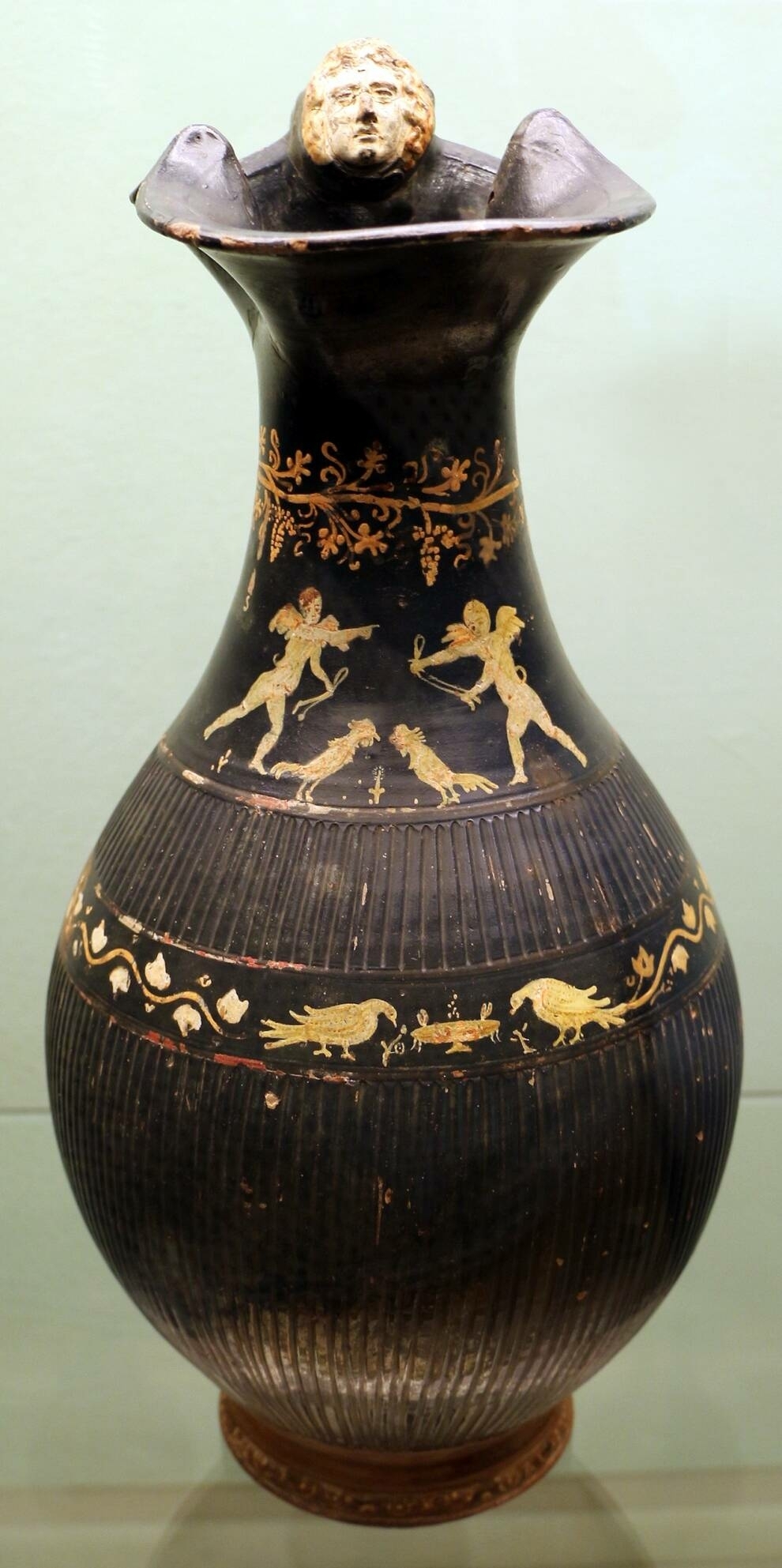
The main color of the objects is black, the surface is decorated with drawings made by angob. The forms are also varied: these are amphorae, scythians, kiafs, amphorisks, and other utensils. The lower part, as a rule, contains an ornament, the upper part is decorated with drawings with a plot. The compositions are dedicated to theatrical scenes, everyday life, and Dionysian subjects. The earliest gnafia were covered with multicolored images, but over time, white became predominant. The number of subjects also significantly decreased, there were plant patterns, among them individual elements (theatrical masks, birds, animals).
Gnafian pottery is found among the finds in the Mediterranean and the Black Sea basin areas. The pottery of some regions has been strongly influenced by the spread of gnafia. One of the vase painters moved to Etruria, where, thanks to his work, a subspecies of gnafia called "pocolum"was born. Buy antique ceramics and porcelain on Violity in the category "Ceramics, porcelain, glass".

Photo ©

Photo ©

Photo ©

Photo ©

Photo ©

Photo ©

Photo ©

Photo ©

Photo ©

Photo ©

Photo ©


